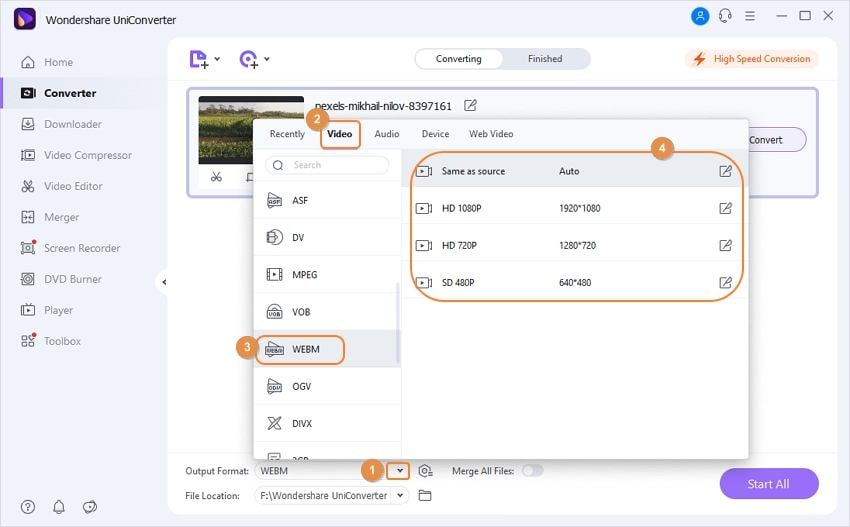
, ) above to first make the two streams have the same characteristics, before feeding those to the concat filter. FFmpeg MOV to MP4 (Convert Video/Audio to Another Format) FFmpeg is extremely useful to convert your video file to another format. Surely I should be able to do this with a single ffmpeg command without having to reencode or even as some people suggested going back to the original raw frames. If you don't, you may need to add additional filters (e.g. ffmpeg -y -i seeingnoaudio.mp4 -filter:v 'setpts1.25PTS' seeing.mp4 Which changes the duration but not the framerate. This assumes that you have the two inputs having same number of streams (1 video and 1 audio), same frame rate, same dimensions etc. We are labelling the concatted streams as merged_video and merged_audio, and muxing them into flv format, before sending that to the output rtmp server ( rtmp://final-output:port/merged).Share Improve this answer edited at 10:01 Gyan 31. 20.13 libgme 20.14 libmodplug 20.15 libopenmpt 20.16 mov/mp4/3gp. We are using the concat filter here, specifying that it has 2 segments to concant ( n=2), each segment having 1 video ( v=1) and 1 audio stream ( a=1). With ffmpeg 2.8.4, the following command creates output.mp4 that is a repeating copy of input.mp4 until the ffmpeg process is stopped: ffmpeg -streamloop -1 -i input.mp4 -c copy output.mp4 This command won't terminate on its own, and the output file will grow infinitely.
We are taking two inputs, one from a local file ( intro.mp4) and one using an rtmp address ( rtmp://second-input-server:port/input-id).

map -map -f flv rtmp://final-output:port/merged i rtmp://second-input-server:port/input-id ffmpeg -i source.mp4 -c:v libvpx-vp9 -b:v 1M -c:a libopus -b:a 128k target.webm (Note that the 33 lower bitrate - 1M for VP9 vs 1.5M for H.


 0 kommentar(er)
0 kommentar(er)
